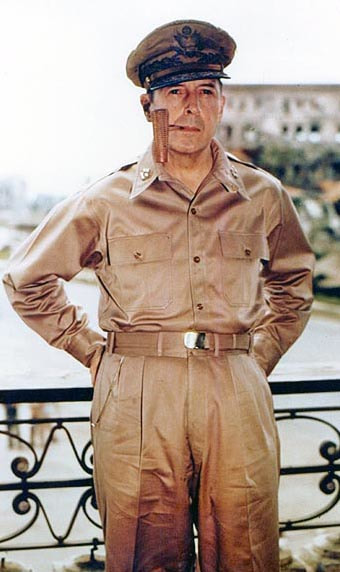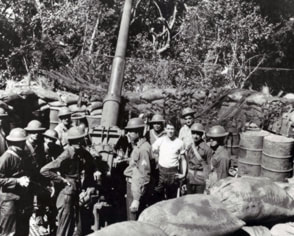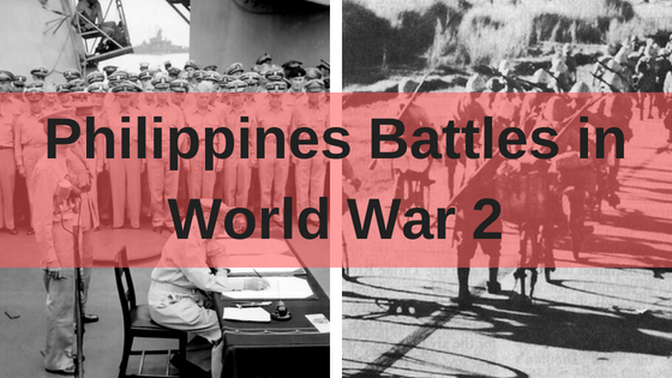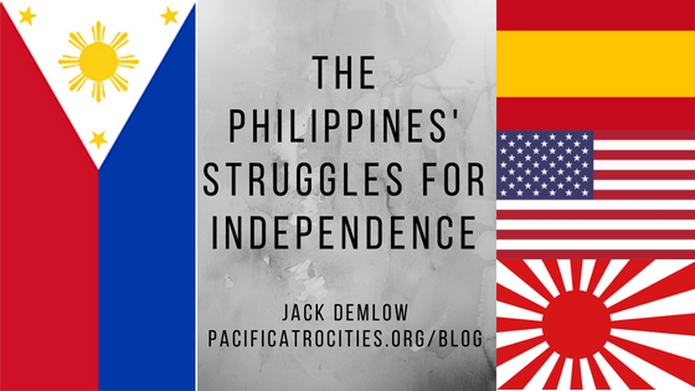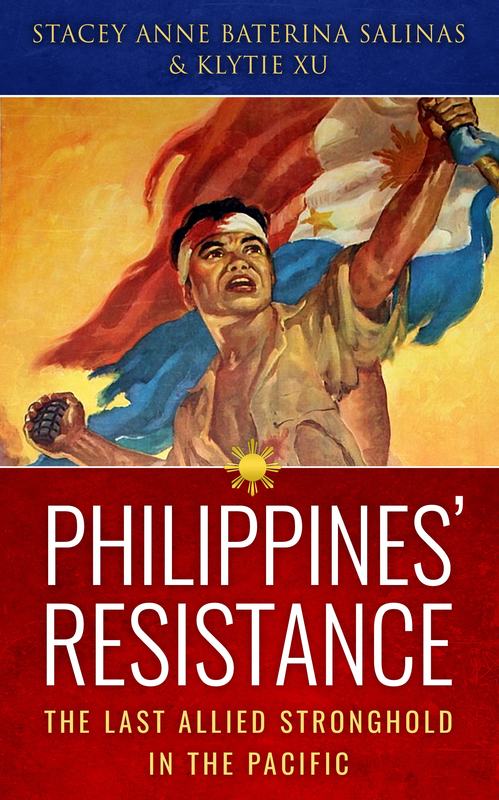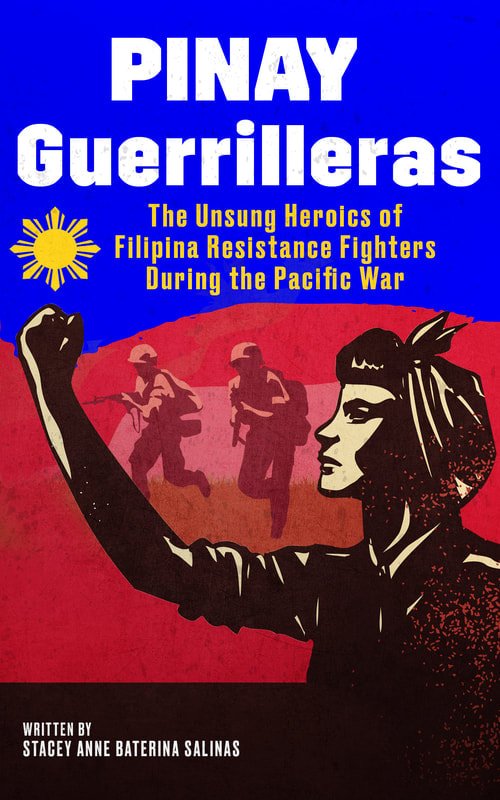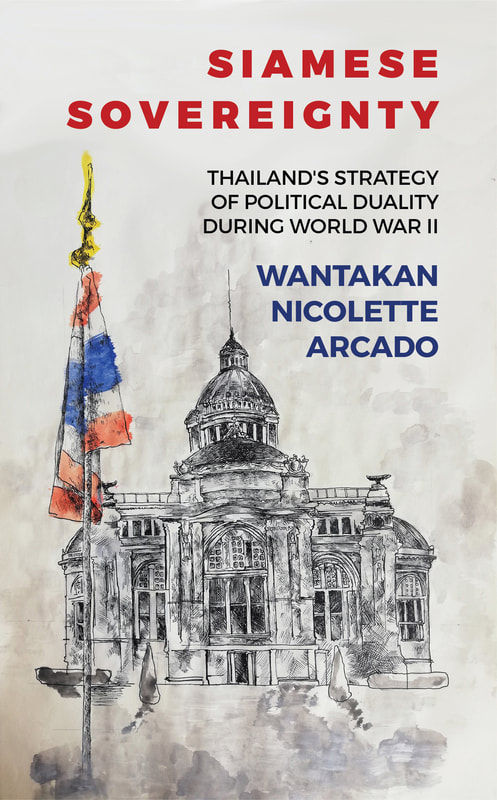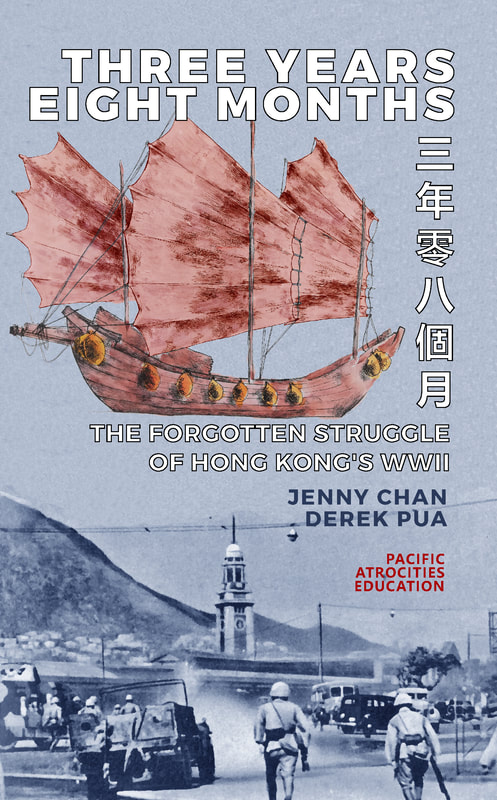|
MacArthur in Manilla, Philippines, 1945, smoking a corncob pipe The Philippine Islands gained semi-autonomous status in 1935 with the creation of a Philippine Commonwealth and the election of Manuel L. Quezon as president of the newly formed government. (continued) One of the most pressing concerns and new responsibilities was the creation of a new military force capable of defending the islands. With this in mind, Douglas MacArthur, then the chief of staff of the U.S. Army was chosen by President Quezon to be part of the Office of the Military Advisor to the Commonwealth Government. His new job as Field Marshall of the Philippines was to create a new national army complete with its own small off-shore naval patrol force and air contingent over a conservative 10 year period. But with diplomacy failing in Europe with Nazi Germany and especially with an ever more daring and increasingly militant Imperial Japan it became clear that the United States would need to mobilize for war. The U.S. embargoes on industrial materials such as iron and copper while closing the Panama Canal to Japanese shipping failed to halt Imperial ambitions. MacArthur was recalled into active service by U.S. President Franklin Delano Roosevelt and returned to his original position as a major general on July 26, 1941. The general gained the responsibilities of heading the newly established United States Army Forces in the Far East (USAFFE) command as it became clear that U.S. escalation to war was more than a possibility. This included the task of training the Philippine army, creating a brand new staff of headquarters, and securing enough supplies and reinforcements for the upcoming conflict of which there was little time to prepare. One of the most apparent obstacles that the combined U.S. and Filipino forces had to overcome was an overall lack of equipment and its quality. Although there were enough firearms such as the Springfield and the British Lee Enfield rifles, the weapons were often too long for the average Filipino infantryman while the the rifles themselves had low quality extractors that would often break. Additionally there was a serious lack of items such as gas masks, steel helmets, and entrenching tools while most issued boots were only rubber based and wore out quickly. Supply of many units was all too often not consistent and highly dependant on the enthusiasm and will of the quartermaster or officer with the responsibility of supply. There was an even more pressing lack of transportation as all units lacked sufficient quantities of heavy trucks or vehicles to transport troops and supplies. The lack of sufficient equipment, training, and supplies would not bode well for the USAFFE in the Philippines in the next few months. Over the next short months General MacArthur would organize the Philippines into four different military commands, each having its own units and areas of responsibilities. This included the North Luzon Force which was by military intelligence the most likely area to receive an invasion force, the South Luzon, Visayan–Mindanao, and Reserve Forces. Over the next months the more than 22,000 original U.S. Army troops made up of Filipinos and Americans would be reinforced by mostly National Guard units that drew their own strength from states like California, Kentucky, and Missouri to name a few. Although these newly formed units were trained quite quickly and without proper instruction, the guard units brought more modern equipment than was already present on the islands. Over one hundred M3 Stuart light tanks and 107 P-40 Warhawk fighters were shipped from the U.S. mainland in preparation for defensive operations. There were also 35 B-17 bombers operated by the Army Air Force, making the philippine air contingent to be the highest concentration of American combat aircraft outside of the U.S. itself. Yet problems also arose as there were not enough airfields, maintenance facilities and personnel for effective use of the brand new air assets and worrying much of the USAFFE headquarters. The U.S. government policy also hindered the volume of new equipment available to be shipped to the Philippines. The Lend-lease policy to Britain and France effectively cut into available military transportation that could be used to ferry the much needed equipment to both Asia and Europe. Additionally, the United States had not created the capacity for its military industry the same way that it would be renowned for only a year later. The available manufacturing was used not only for domestic military needs but also for another theater of war for two nations. Although many of MacArthur’s military requests would be approved right away, the time needed to create a fighting force that would be totally independent and sufficient to guard the entire archipelago was not available. The United States was drawn officially into the Second World War when Imperial Japanese forces launched a preemptive attack on the U.S. naval base at Pearl Harbor on December 7, 1941. Just hours later and more than 5,000 miles from Hawaiian islands the Japanese launched an invasion of the Philippine archipelago beginning the first combined U.S. and Filipino campaign of the war. This resulted in the activation of war plan Rainbow 5, putting in place the War Department’s strategy that would last throughout the remainder of the war. References
Related BlogpostsRelated Books
0 Comments
Leave a Reply. |
- Home
- Stories
-
Internship
- Summer 2024 Internship
- Summer 2023 Internship
- Fall 2022 Internship
- Summer 2022 Internship
- Summer 2021 Internship
- Fall 2020- Spring 2021 Internship
- Summer 2020 Internship
- Fall 2019 Internship
- Summer 2019 Internship >
- School Year 2018-2019 Internship
- Summer 2018 Internship >
- Fall 2017 Internship
- Summer 2017 Internship >
- Books
- Archives
-
Resource Page
-
Supplementary Research Guides
>
- Unit 731 - Guide >
-
Philippines' Resistance - Guide
>
- Philippines World War II Timeline
- The Japanese Invasion & Conquest of the Philippines
- Bataan Death March
- Formation of Underground Philippines Resistance
- Supplies of the Guerrilla Fighters
- The Hukbalahap
- Hunter's ROTC
- Marking's Guerrillas
- United States Army Forces in the Philippines of Northern Luzon (USAFIP-NL)
- The Aetas
- Chinese and Filipino-Chinese Nationalist Guerrilla Units
- The Female Faces of the Philippine Guerrillas
- Rising Sun Flag - Guide >
- Pinay Guerrilleras - Guide >
- Fall of Singapore - Guide >
- Three Years and Eight Months - Guide >
- Siamese Sovereignty - Guide >
- The Khabarovsk War Crimes Trial - Guide >
- Unit 731 Cover-up : The Operation Paperclip of the East - Guide >
- Marutas of Unit 731 - Guide >
- Prince Konoe Memoir - Guide >
- Competing Empires in Burma - Guide >
- Battle of Shanghai - Guide >
- Ishi Shiro - Guide >
- Taiwan The Israel of the East - Guide >
- Seeking Justice for Biological Warfare Victims of Unit 731 - Guide >
- Rice and Revolution - Guide >
- Clash of Empires - Guide >
-
Hunger for Power and Self-SufficiencyI - Guide
>
- The Influence of War Rations on Post-War Culinary Transformations
- How World War II Complicated Food Scarcity and Invention
- American Military Innovations
- Government-Sponsored Food Inventions in Europe during World War II
- Feeding the Army: The Adaptation of Japanese Military Cuisine and Its Impact on the Philippines
- Mixed Dishes: Culinary Innovations Driven by Necessity and Food Scarcity
-
Denial A Quick Look of History of Comfort Women and Present Days’ Complication - Guide
>
- The Comfort Women System and the Fight for Recognition
- The Role of Activism and International Pressure
- The Controversy over Japanese History Textbooks
- The Sonyŏsang Statue and the Symbolism of Public Memorials
- Activism and Support from Japanese Citizens
- The Future of Comfort Women Memorials and Education
- Echoes of Empire: The Power of Japanese Propaganda - Guide >
- Lesson Plans >
-
Supplementary Research Guides
>
|
Pacific Atrocities Education
730 Commercial Street San Francisco, CA 94108 415-988-9889 |
Copyright © 2021 Pacific Atrocities Education.
We are a registered 501 (c)(3) charity. |
- Home
- Stories
-
Internship
- Summer 2024 Internship
- Summer 2023 Internship
- Fall 2022 Internship
- Summer 2022 Internship
- Summer 2021 Internship
- Fall 2020- Spring 2021 Internship
- Summer 2020 Internship
- Fall 2019 Internship
- Summer 2019 Internship >
- School Year 2018-2019 Internship
- Summer 2018 Internship >
- Fall 2017 Internship
- Summer 2017 Internship >
- Books
- Archives
-
Resource Page
-
Supplementary Research Guides
>
- Unit 731 - Guide >
-
Philippines' Resistance - Guide
>
- Philippines World War II Timeline
- The Japanese Invasion & Conquest of the Philippines
- Bataan Death March
- Formation of Underground Philippines Resistance
- Supplies of the Guerrilla Fighters
- The Hukbalahap
- Hunter's ROTC
- Marking's Guerrillas
- United States Army Forces in the Philippines of Northern Luzon (USAFIP-NL)
- The Aetas
- Chinese and Filipino-Chinese Nationalist Guerrilla Units
- The Female Faces of the Philippine Guerrillas
- Rising Sun Flag - Guide >
- Pinay Guerrilleras - Guide >
- Fall of Singapore - Guide >
- Three Years and Eight Months - Guide >
- Siamese Sovereignty - Guide >
- The Khabarovsk War Crimes Trial - Guide >
- Unit 731 Cover-up : The Operation Paperclip of the East - Guide >
- Marutas of Unit 731 - Guide >
- Prince Konoe Memoir - Guide >
- Competing Empires in Burma - Guide >
- Battle of Shanghai - Guide >
- Ishi Shiro - Guide >
- Taiwan The Israel of the East - Guide >
- Seeking Justice for Biological Warfare Victims of Unit 731 - Guide >
- Rice and Revolution - Guide >
- Clash of Empires - Guide >
-
Hunger for Power and Self-SufficiencyI - Guide
>
- The Influence of War Rations on Post-War Culinary Transformations
- How World War II Complicated Food Scarcity and Invention
- American Military Innovations
- Government-Sponsored Food Inventions in Europe during World War II
- Feeding the Army: The Adaptation of Japanese Military Cuisine and Its Impact on the Philippines
- Mixed Dishes: Culinary Innovations Driven by Necessity and Food Scarcity
-
Denial A Quick Look of History of Comfort Women and Present Days’ Complication - Guide
>
- The Comfort Women System and the Fight for Recognition
- The Role of Activism and International Pressure
- The Controversy over Japanese History Textbooks
- The Sonyŏsang Statue and the Symbolism of Public Memorials
- Activism and Support from Japanese Citizens
- The Future of Comfort Women Memorials and Education
- Echoes of Empire: The Power of Japanese Propaganda - Guide >
- Lesson Plans >
-
Supplementary Research Guides
>
